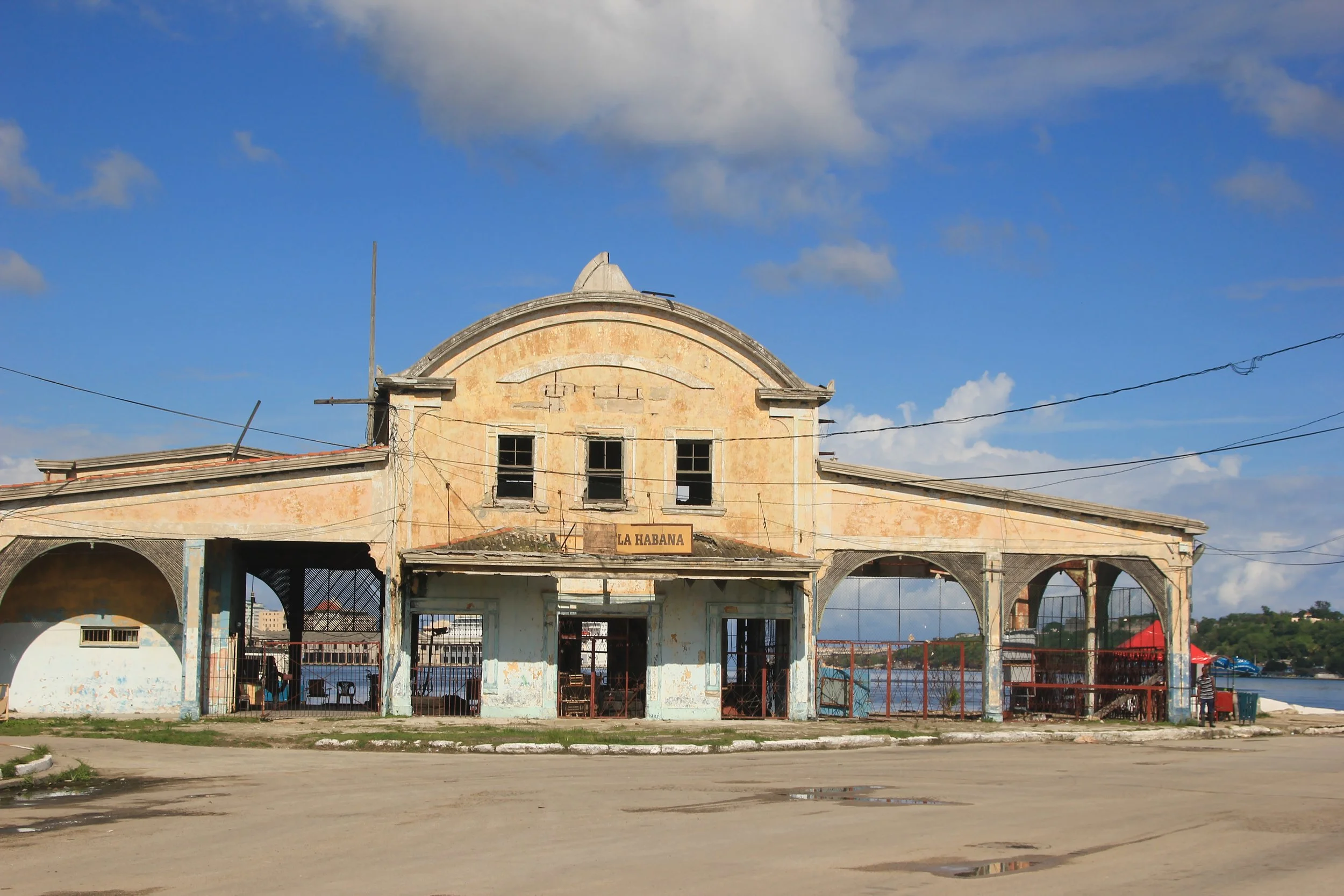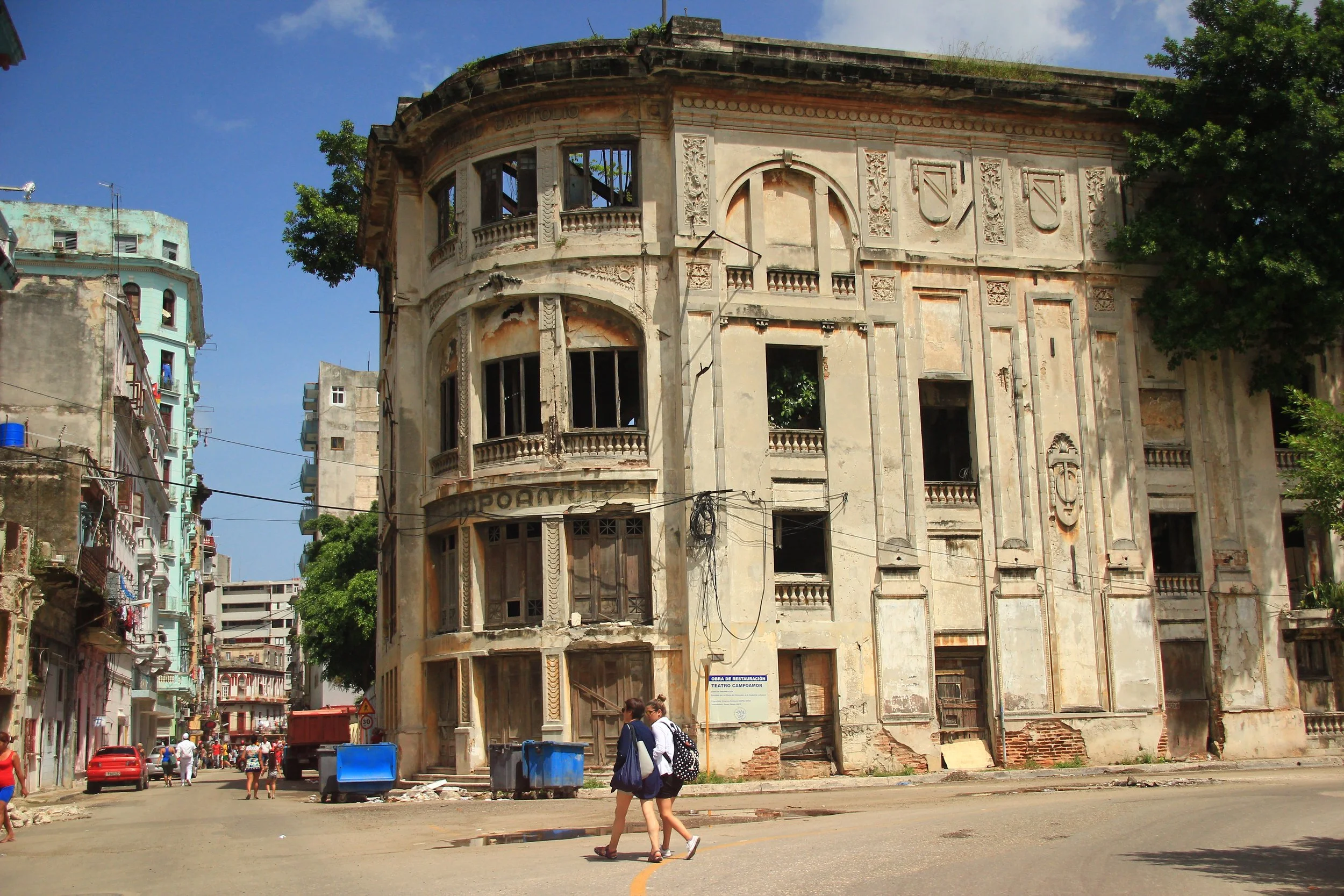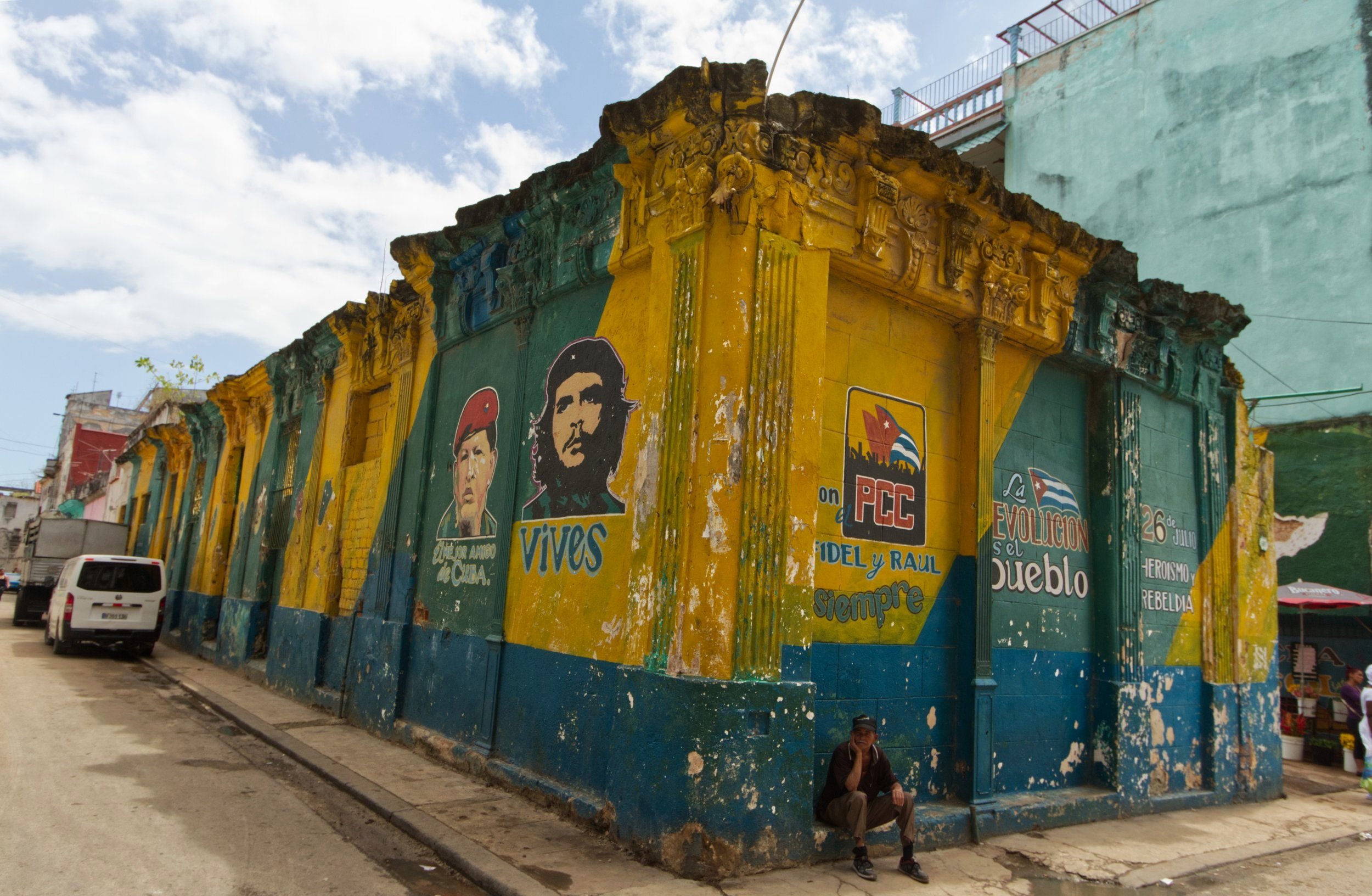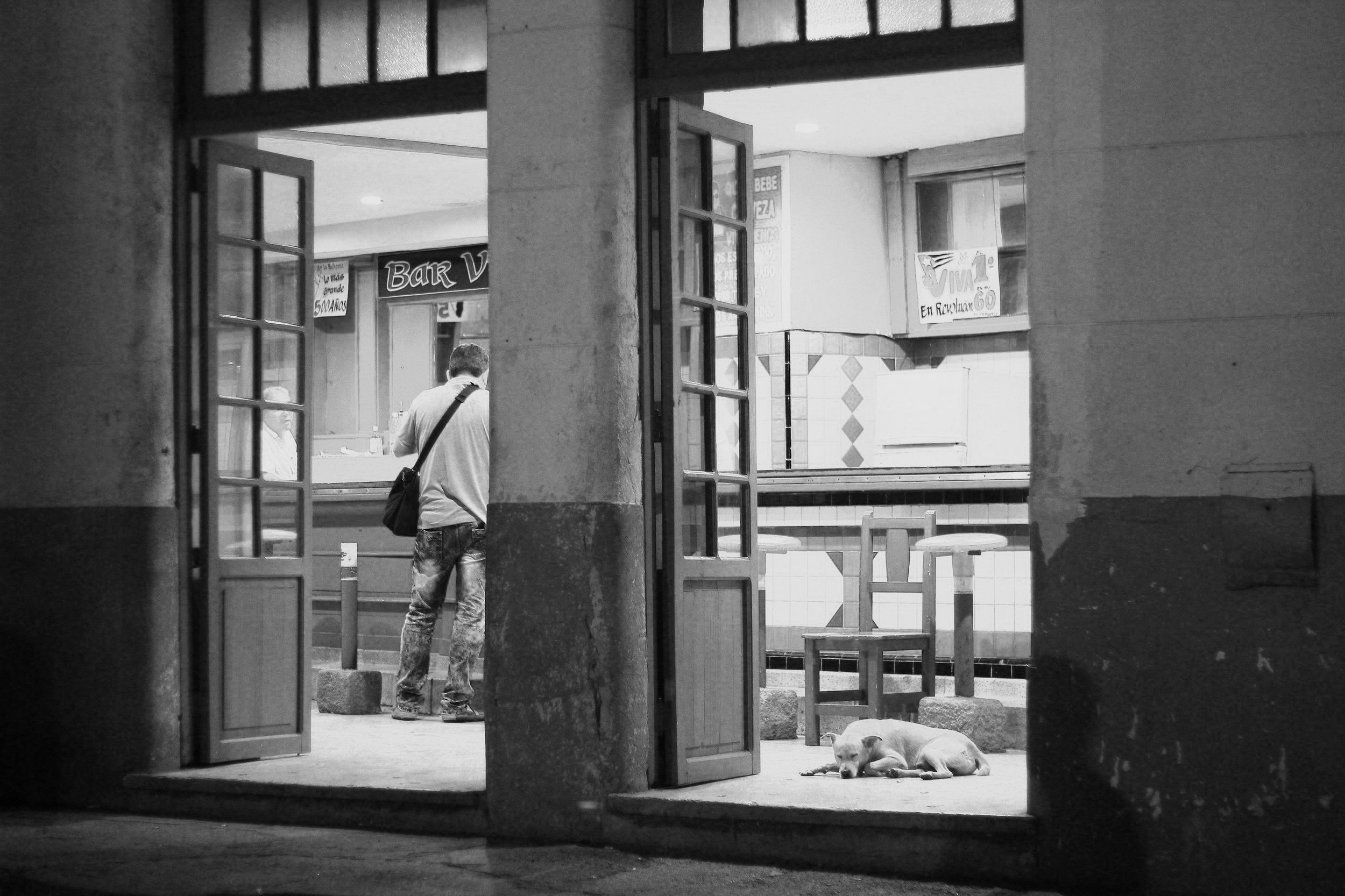Photographing Cuba: Navigating between Politics and Urban Decay
For many people, Havana remains a mystery worth exploring, a hidden gem in the Caribbean, waiting to be discovered. For some, it is a place where nostalgia for a long-gone past merges with the present. For others, it is a place with a vastly romanticized past, an overrated present, and no future. A few see it as a necessary evil, a beacon that stands alone as the testament for the failure of communism or socialism.
The terminal of the “Lanchita de Regla” (a ferry transporting people across the Bay of Havana) stands in full decay in the district of Regla.|Credit: Reynaldo Cruz Diaz
To me, it was impossible not to photograph the poverty and the struggles I saw in Cuba. In a way, I felt it was a means to give voice to some issues that were ignored by the government and the mainstream media. Even while working for a Communist-Party-controlled newspaper, I took pictures that pointed a finger at delicate realities. Yet, I also knew that neither my newspaper, nor any other “official” media outlet in the country would run them. So, honestly, I never proposed or submitted them for publication.
Moving to Havana in 2017 changed my perception of the country. It also altered my photographic eye in a dramatic and life-changing manner. I love Cuba Photo Tours was an eye-opener in many aspects. Refusing to take on the touristy or pretty parts of Havana, our team took deep dives into the darkest and most unwelcoming sites of the city. We strolled those areas like they were our own, followed by avid foreign travelers who took pictures à la National Geographic or Magnum Photos, “reporting” on everything they saw.
Most of our client photographers—for not saying all of them—were very much aware of the reality they were witnessing and the importance of the pictures they were taking. The issues in front of their eyes affected them, made them sad, made them want to help. It was a way to introduce them to a reality they would have rather not heard of if they hadn’t come to Cuba or ridden with us.
The Teatro Campoamor’s beautiful façade shows the unquestionable decay. Although a “project” was started by the Office of the Historian of Havana, Eusebio Leal died without seeing its completion, and Cuba’s newest crisis might have stopped it indefinitely.|Credit: Reynaldo Cruz Diaz
It was one of them, Tamara Álvarez, the person who brought to my attention the issue regarding an article that mentioned the fact that some photographers were basically traveling to “celebrate a country’s decay”. It could not be more inaccurate: the work of many photographers, foreign and national, has helped bring attention to the issues that the Cuban government has tried so hard to keep away from the public eye, in and out of Cuba. Even those whose work brought praise to the resilience of the nation and its people, and—in an indirect manner—even flirted with favoring the regime have captured photos that open people’s eyes to reality and even hit a nerve.
The Two Comandantes: This image, in the middle of the not-touristy Old Havana, shows a wall (part of a farmers’ market) praising the figures of Che Guevara and Hugo Chavez while also carrying the logo of the Cuban Communist Party right behind a man who sits there, waiting for God knows what.|Credit: Reynaldo Cruz Diaz
At the same time, even us Cubans could not help but feel amazed by the stark contrasts between the most pristine areas of the neighborhoods of Vedado, Playa or Miramar and the dilapidated and crumbling areas of Cerro, Central Havana or the non-tourist areas of Old Havana. The other impactful sight turned out to be how pro-Castro and pro-Communist propaganda rose above the nearly collapsed structures, maybe trying to send a message of and for resistance, but essentially rising as testament of the failure of communism.
It is more than obvious that authorities did not want us to photograph and post about these things, nor did they feel any enthusiasm about the fact that many times we were accompanied by foreigners. Showing them that reality made us virtual enemies of the Revolution and Socialism. One thing a dictatorship does not appreciate is being put in evidence… and graphic evidence is mostly infallible.
A man buys a cheap drink in a bar where Cubans—and not tourists—would normally go. Notice the sleeping dog and the pro-communist propaganda sign behind the counter.|Credit: Reynaldo Cruz Diaz
Foreigners per se do not have the same struggles or hurdles camera-wielding Cubans have. Aided by the privileges and the respect foreign nationals have in the country, they sometimes enjoy a “license to shoot” that will make the cops think twice before crossing them. Of course, as long as their captures are just not too compromising for the Castro regime.
The stark contrast of a tourist biking past this destroyed building on San Lázaro Street in Central Havana caught my attention at once.|Credit: Reynaldo Cruz Diaz
To me, discovering my country’s capital through the lens of my camera was a revelation. I felt more than privileged to actually be able to learn and document a reality of the Castro farm that I would not have otherwise seen, or at least not that early and deeply.
It was a risk worth taking.






